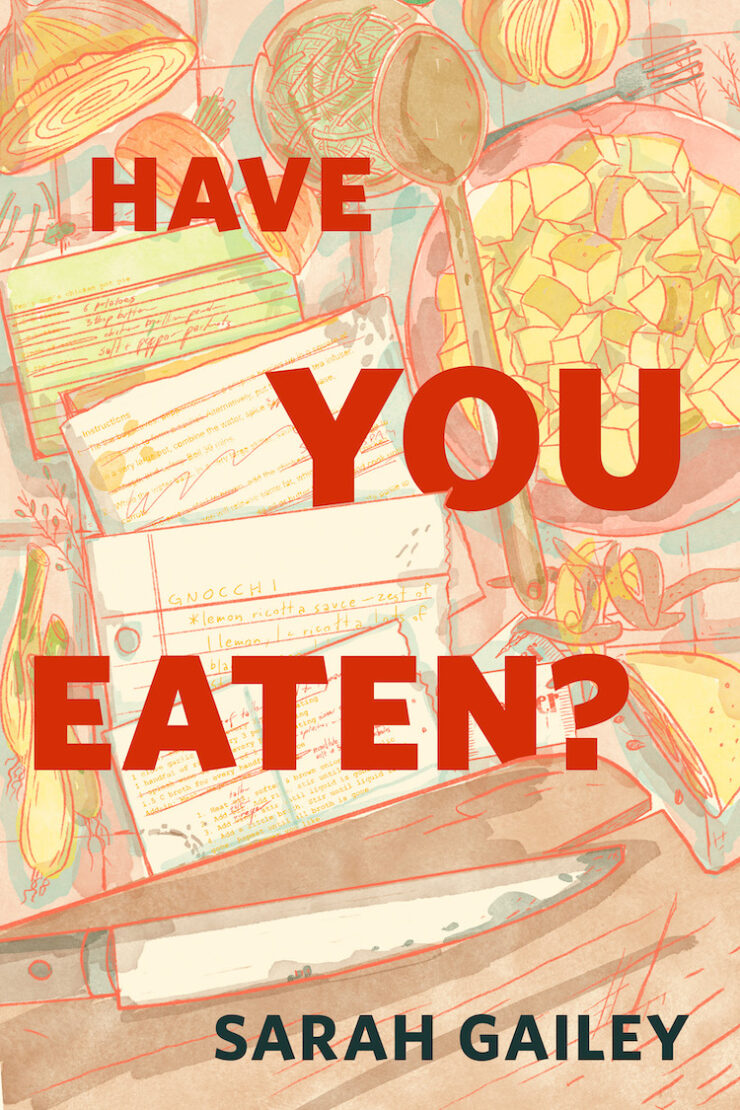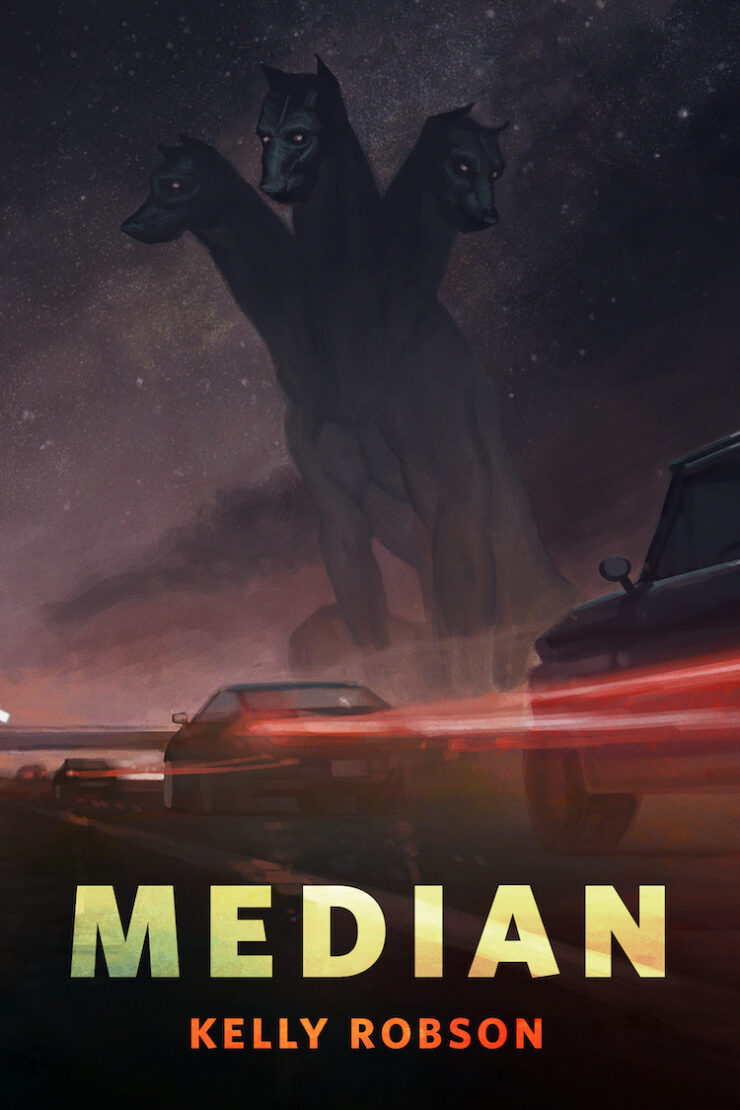Welcome to Close Reads! In this series, Leah Schnelbach and guest authors will dig into the tiny, weird moments of pop culture—from books to theme songs to viral internet hits—that have burrowed into our minds, found rent-stabilized apartments, started community gardens, and refused to be forced out by corporate interests. This time out, author Lars Iyer muses on the importance of post-punk icons The Fall, Mark E. Smith, and the importance of dancing.
He is not appreciated
–The Fall, ‘Hip Priest’
There’s an altogether shocking moment in the silly, slip-shod, not-taking-itself-very-seriously music video for The Fall’s brutally minimalist 1983 opus ‘Eat Y Self Fitter’ where Mark E. Smith, the group’s leader, scowling nay-sayer of punk and postpunk, self-style ‘hip priest’ who has never been properly appreciated, not only smiles, but dances—and does so jubilantly.
That ‘Eat Y’Self Fitter’ actually has a video is itself pretty surprising; the Fall were not exactly known for marketing their work. The six-minute opener to dense claustrophobic masterpiece Perverted By Language—with its endlessly repeated two-note riff, two-drummer pounding and Smith’s spoken-sneered-yelped ruminations atop, concerning nightclub door policy, the home-computer fad and an unlikely visitation by the Holy Ghost—was not the most likely song to seek to promote, notwithstanding radio DJ John Peel, long-time Fall fan, reportedly fainting with delight on first hearing it.
True, the Fall had already made an attempt to market their music in the run up to the December 1983 release of Perverted, their sixth album proper, most notably on UK music programme, The Tube, where they performed ‘Smile’, the fifth track from the new album, as well as ‘2×4’, an even newer song written by Smith’s new American wife Laura Elise Salenger AKA Brixton (so nicknamed because of her wild enthusiasm for The Clash’s ‘Guns of Brixton’) AKA Brix Smith.
The Fall on The Tube—on national TV for the first time: four normal blokes—the second drummer, Paul Hanley, is missing: bassist Steve Hanley, guitarist Craig Scanlon, drummer Karl Burns—and Smith himself, in red shirt and jacket, with shoulder-length hair, savage and scowling at the mic. Nothing manufactured about them—no ‘image’; no rock star posturing. Ordinary blokes in shirts, getting on with their job—but what a job! ‘Smile’ is pure malevolent brilliance, Smith speak-singing and sneering and yelping atop the musician’s scorching discordant intensity, all rhythm, repetition and build. Needless to say, none of them smile as they perform the song ‘Smile’.
The second song: ‘2 x 4’ sees co-composer and new member, Brix join the group on stage, bringing light to The Fall’s dark shadow. ‘All I did was pick out and enhance the melodies […] in a very simple, hooky, almost nursery rhyme way’, she remembers. There she is on her guitar, backing up the lead vocal (‘Mark loved me doing backing vocals in my annoying American accent’). But Brix’s presence doesn’t cheer Mark E Smith. He’s still scowling forbiddingly. And he certainly isn’t dancing. The group, as a whole, are a war-machine directed against music-show jollity.
So what changed with the ‘Eat Y’Self Fitter’ video, filmed a few weeks later?
The video was Brix’s idea, apparently. She was ambitious for the group. She never saw why they couldn’t be a chart act; all they needed was exposure. Brix’s American confidence, a sense of can-do led them first to The Tube, and next to promotional videos.
Their director was one Claude Bessy AKA Kickboy Face, Normandy-born writer and editor, who’d emigrated to the US, onetime lead singer of Catholic Discipline who were featured in Penelope Spheeris’s film on LA punk, The Decline of Western Civilisation. Bessy had fled the US in protest at Ronald Reagan’s election, finding a job as a Rough Trade press officer in London. In 1982, he saw an opportunity in Manchester, blagging his way into a position of VJ at the newly-opened Haienda, and branched out into directing music videos.
Bessy’s first video, for the Fall’s single ‘Kicker Conspiracy’, saw the group wandering around lower-division Burnley’s Turf Moor deserted football ground. Not the most exciting promo—and desperately amateur. The second, for ‘Kicker’’s double A-side, ‘Wings’, Smith lip-synchs scornfully in the snug of his Prestwich local. Brix, sitting next to him, tries to stop herself laughing. Not the most imaginative video—and once again, scrappy and half-baked.
The third video, for the ‘Eat Y’self Fitter’, sees Bessy really going for broke. He has a whole concept, Stephen Hanley remembers, which the director explains to the group: ‘Using any fruit drinks and pieces of lemon from behind ze bar, ze central action will revolve around ze two drummers creating a new kind of cocktail. Zen everyone will drink it and go completely mental like a rhyzmic insect …’
The video follows the song’s lyrics with hilarious literalism. Footage of the group walking down Whitworth Street West, Manchester, towards the Haçienda nightclub, which is meant to stand in for the “HM [heavy metal] club” in the song. Then the forced ejection of Smith from the nightclub for being too smartly dressed (‘They looked at my coat / They looked at my hair / […] Grabbed the edge of my coat / Said: You’re too smart for here’). Smith wants to complain—he asks to see the manager. But his assailant was the manager.: ‘He was the manag-er’, Smith speak-sings. ‘Eat y’self fitter’, the group reply, Brix’s voice in the mix: this call-and-response is the chorus, the phrase taken from a slogan used to sell Kellogg’s All-Bran breakfast cereal. Footage of fingers pointing at the manager.
Cut to the group at a table, mixing noxious brews and downing them from pint glasses, smearing goon their faces, larking around with masks and enormous prop flies. Cut to performance footage—we see the double drummer line-up. But the really significant part of the video arrives four minutes in: Smith dances.
This might seem to be entirely consistent with Bessy’s original idea for the video: the drummers mix a cocktail and the group go crazy from its effects. And we do indeed see a clip of Brix leap up from the table, throwing back her chair, dancing wildly, frenetically, before collapsing. Give her an Oscar. But Smith’s dancing isn’t mad at all. He’s very much in time, rather groovy in fact. He’s a confident dancer. He has moves. And Smith smiles as he dances, as he never does in public. He actually smiles!
Smiling is, of course, usually strictly verboten for The Fall. No smiling on stage! Never look pleased with yourself! Brix, from her memoirs: ‘I remember asking him once, “Why aren’t you smiling? Aren’t you happy? He said, “I don’t want to walk around looking like a bloody fool!’ As part of his revenge on jovial and personable guitarist Marc Riley, who left The Fall following a August 1982 Australian tour, Smith used a newspaper clip of a smiling Riley with the caption ‘Happy Fall Guitarist’ as the cover of the live album documenting said tour. Didn’t Riley realise that there should be no such thing as a happy Fall guitarist? What a bloody fool!
But 1983 gig-goers noticed that Smith himself was looking much more cheery of late. ‘Smith no longer the sullen faced depressive who treats his audience as if they didn’t exist. He looks as if he’s found a new meaning in life, resplendent with distinctly fresh features and even an occasional smile’ said one reviewer (Ford p. 122). A new meaning in life: the reviewer hints at the truth: Mark E. Smith’s found new love.
Is Brix the reason Smith’s smiling in the video? Is Brix why Smith is actually happy?
Rewind to 20th May 1983. Brix arrives in Manchester, northwest England. She’s joining her boyfriend of six weeks, Mark E. Smith, They’ve been together since she saw The Fall play in her hometown of Chicago. They were discussing marriage after a week. And now she had crossed the Atlantic to live with Smith.
‘I never expected Manchester to be so grim’, she writes in her memoir. The redbrick Victorian buildings ‘looked liked the kind of places where horrible atrocities had been committed in decades past’. ‘The sky was toxic: heavy, with ominous grey clouds’. The people she saw looked joyless and drab. ‘Nobody smiled. Everybody looked so poor. Where was the colour?’ Late May, but there were no leaves on the mancunian trees, no flowers in bloom (Brix might have been exaggerating…)
But Brix makes her home with Smith. She’s determined to change their lives for the better; to co-write brilliant songs, to move the group into a new phase. She’s full of American can-do. Shouldn’t The Fall to promote themselves more, go on TV?
Which may be part of the reason for group’s appearance on The Tube, for the videos. Is Brix’s optimism, her natural ebullience, an explanation for Mark’s smiling? His dancing?
We love to domesticate our heroes—in Terry Eagleton’s words, ‘to prize a loveably idiosyncratic individual over the confounding brilliance of the work itself’. And the idea of Mark E. Smith in love is loveable. When his mother, Irene, speaks in an interview about how much he loved poetry and girls when he was a boy (‘He’s a romantic, Mark, you know. He always was’), we’re relieved: we’ve extracted the real person behind the work, behind The Fall. Smith is just like us …
Perhaps we should understand Smith’s usual scowl, his sneering, as a way of warding off this kind of human interest, which, after all, is really a sign of philistinism—of not taking The Fall’s magnificent music seriously. Smith’s sneer holds us at his distance—a way of resisting condescension. He knows how great the music is. He knows what he’s done. And he’s not to be domesticated.
With the favourite anecdotes and many cliches that circulate around him, Smith operates as a kind of frontier myth in our over-regulated lives: a culture hero unbound by the usual conventions, the usual social compliance. He smokes! He drinks! He once sacked someone for eating a salad! He once tried to stub a cigarette out on an interviewer’s face! Then there’s his regional accent, which he hasn’t lost. There’s his unrepentant northerism.
Buy the Book


My Weil
The risk is that Smith becomes a permitted eccentric, allowed to deviate from societal norms only to re-enforce their hegemony. There’s a conventional way of being unconventional—of being a punk contrarian who drinks too much and smokes too much and eats unhealthy food and holds unacceptable opinions (voting for Brexit, cheering on the Falklands war.) This is why the Independent could describe him in 2016 as a ‘strange kind of antimatter national treasure’.
Which is why attributing Smith’s smile to his love-life is oversimple. Smith’s romance never saw him leave the field of battle, deserting his bandmates, leaving a Do Not Disturb sign on the bedroom door. Quite the contrary: Brix is part of The Fall, a key songwriter, a guitarist. Indeed, the group are working as hard as ever and, during the ‘Brix years’, as they’re known, were wildly prolific: more albums, singles, tours, but also a ballet, a play …
So what’s to be done with Smith’s smile, if we’re not to domesticate him, if we’re not to condescend?
See it as the smile of a man at the hinge of two great periods of Falldom: 80-83, from Grotesque to Perverted by Language, and 84-88, the ‘Brix years’, from Wonderful and Frightening through to Curious Oranj. See it as the smile of a titanic creative force taking a breather, on a day off, on a kind of ‘works do’, unguardedly amused at Bessy’s ridiculous video conceit, at his bandmate’s ‘cocktail’-making, at the insect props, at the stuff Burns is smearing on his face; at barminess of it all. See it as a smile of boyish joy of a bandleader who would keep The Fall going from 1977 until his death in 2018, never compromising, never looking to be liked, never ingratiating, never to be written off. Has he ever really been appreciated?
Lars Iyer is a Professor in Creative Writing at Newcastle University, where he was formerly a longtime lecturer in philosophy. He is the author of the novels in the Spurious Trilogy, and more recently, the widely acclaimed Wittgenstein Jr., and Nietzsche and the Burbs.










